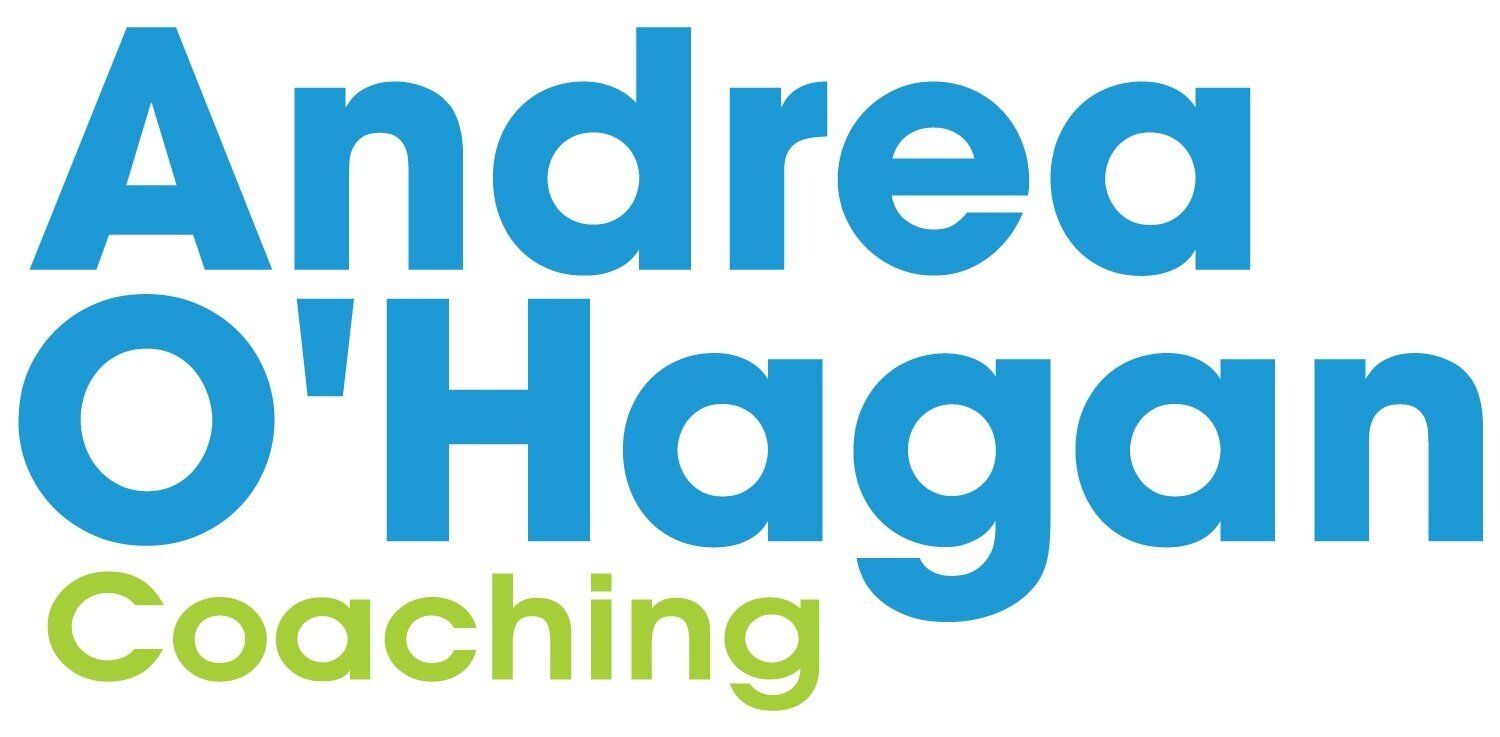Spelling, Writing and Reading
Spelling, legible writing, reading and recall, comprehension and problem solving all involve making clear mental images.
Our ability to make clear visual images then remember them clearly is a helpful strategy to use when learning to spell, to write and to read. To remember a word we need both a clear picture of a word and the ability to put the sounds of a word with the letters. Good spellers often do an internal check of how a word looks. They correct it if they find they are saying ‘that doesn’t look right’.
Learning how you make clear visual images easily improves literacy skills, memory and comprehension. Children become more confident learners when they understand that visual imaging can be used for a number of learning situations.
Visual imaging for spelling can be learned easily and quickly by children as young as 6 years of age
Teachers can use visual imaging to teach children how to make spelling easier and more consistent than rules based systems allow.
Parents can help children begin to develop their ability to change unhelpful learning strategies and beliefs such as ‘I’m dumb’.
Students with learning difficulties can benefit from learning visual imaging skills, whether taught in small learning support groups or in their full class.
'We have started back at school again and I’ve introduced visual spelling to my new students. I have one high functioning autistic boy in the class ... there was sheer delight on his face when I took him through the visual spelling and it actually worked for him!! His eyes sparkled with disbelief and achievement!' - class teacher, Palmerston North, N.Z., 2018
Andrea can be contacted to run face to face workshops for teachers or parents, on-line coaching for teachers and face to face coaching for children and parents
Contact us to discuss your needs or to give us feedback.
Articles
Visual aids and visual imaging - what's the difference?
Visual aids are tools such as Lego blocks, pictures, plastic letter shapes which are used to help a child grasp a concept or put together the letters of a word correctly. Children can handle or look at these visual aids and work out where to put the pieces for the best outcome.
Visual imaging is using the inner regions of the brain to create an inner picture or movie.

